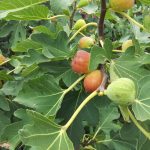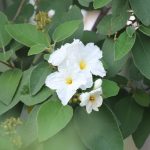Soapberry
–
–
–
 Central Texas
Central Texas Texas
Texas Full Sun
Full Sun Part Sun/Shade
Part Sun/Shade Low
Low Deer Resistant
Deer Resistant
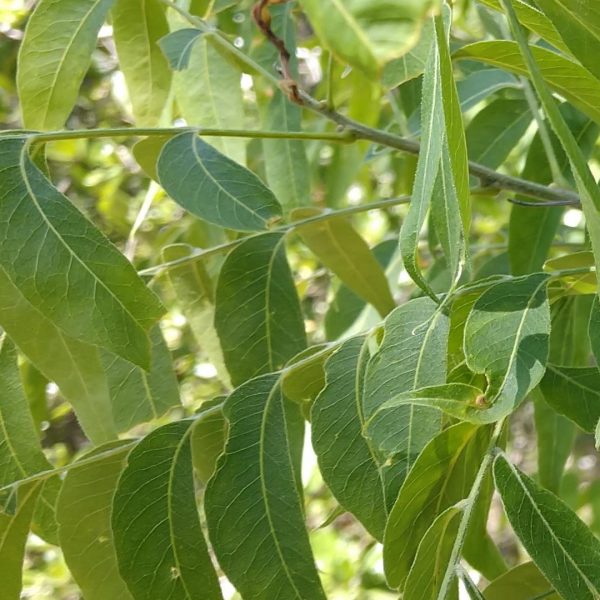
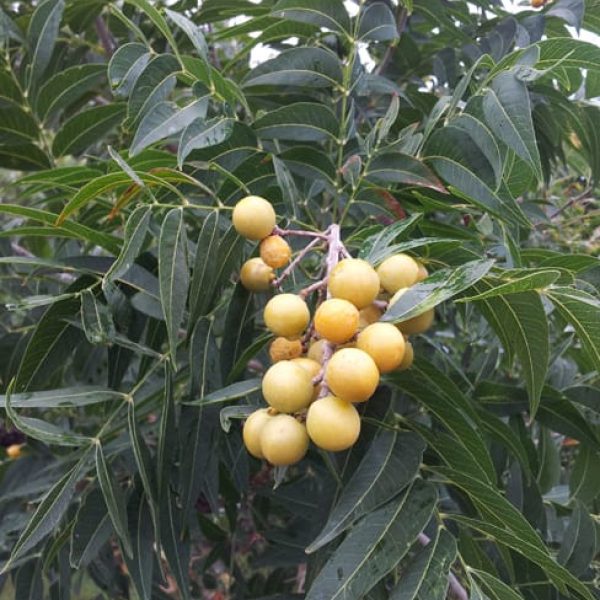
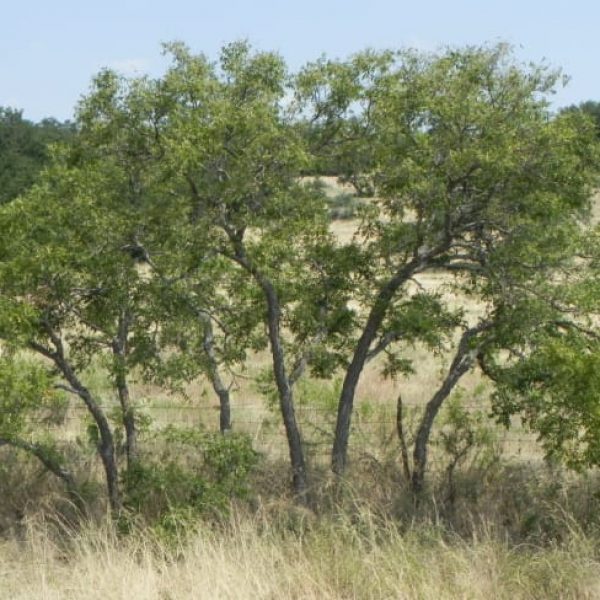
About This Plant
Sun or partial sun; deciduous, growing up to 30 feet or more in deeper soils. Showy yellow fall color, clusters of persistent fleshy fruit, and attractive greyish bark provide year-round interest. As the name suggests, the fruits form a good lather in water.
Soapberry spreads by rhizomes to form groves, especially on limestone, along fencelines, and at the sunny edges of fields. In south-central Texas, it’s normally found in understory in combination with other small-sized trees.
Maintenance
Pruning is always optional. Focus on minimizing dead, damaged or rubbing branches. Remove no more than 25% of the total canopy during any five-year cycle, and never remove more than the lowest third of the tree in a single pruning period — on a 12-foot tree, stick to the lowest 4 feet.
Features
This plant goes well with
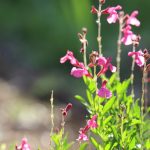 Salvia greggii
Salvia greggii Symphyotrichum oblongifolium
Symphyotrichum oblongifolium
- List Item #1
- List Item #2
- List Item #3





